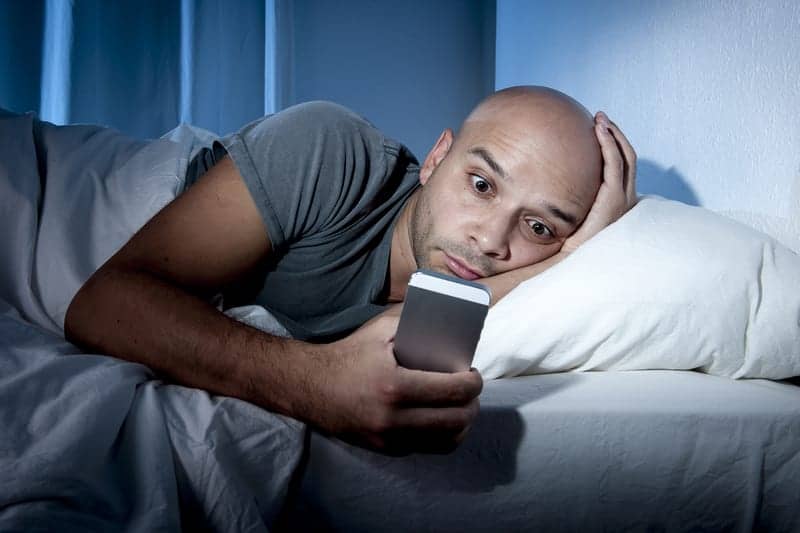At the recent New York Blue Light Symposium, the International Blue Light Society outlined three measures to counter consequences of artificial illumination faced by the global community.
1. MEASUREMENT: Scientifically prove the effects of blue light on human health through coordination with global researchers. The International Blue Light Society will coordinate with physicians and researchers around the world in order to accumulate evidence on blue light’s effects on health. The Society will report on current research findings.
2. MANAGEMENT: Discuss blue light’s role in daily life and how to better manage consumption. Gather evidence from various fields, search for both short and long term countermeasures to the effects of blue light, and consider standards that are best to verify results.
3. EDUCATION: Educate and spread understanding about blue light in society. Educate society about the effects of blue light and how to counteract it. Actively release information on blue light. Inform the public about the consequences of exposure to artificial blue light at night. Cutting out exposure to blue light two hours before going to bed is ideal. However, since this is difficult to do in modern society, use of protective glasses is recommended to minimize exposure to blue light at night.
Further research identified by the symposium as of of notable public interest include:
Health challenges presented by shift work
Researchers have already begun generating data on the relationship between shift work and health, as evidenced by the study on Danish nurses and breast cancer (Hansen and Stevens, 2011) and Moody et al‘s 1996 findings on pilots and cancer risk. In Japan, the number of individuals working the night shift at convenience stores is estimated to exceed 200,000. There are concerns that these shift workers who are exposed to blue light or artificial lighting at work or in other environments may risk disrupted sleep and other negative health effects. While exercise and proper nutrition are known to be positive factors, the International Blue Light Society will give further consideration to measures including the health angle, while concomitantly serving as a public awareness springboard for multidisciplinary research findings.
Physical effects of long-term blue light exposure by young children and teens
In the United States, one out of four children born between 1997 and 2014 are said to be exposed to monitors in excess of 3 hours daily. Meanwhile, some 70% of Japanese elementary school students are already known to possess handheld devices such as tablets and game consoles.
Taking into account the increasing digitalization of education, young children’s extended exposure to blue light seems inevitable. The International Blue Light Society will promote surveys and research into the effects of blue light on children’s growth, including the consequences of children’s reduced visual acuity and disrupted lifestyle rhythm in recent years, for the purpose of establishing protective guidelines. The Society also feels compelled to promote public awareness of pertinent research on the physical effects of light, such as Figueiro et al‘s 2013 findings on the relationship between tablet usage and melatonin suppression.
The symposium convened in New York from June 26 to 27, 2015. Since the World Health Organization declared 2015 the International Year of Light and Light-based Technologies (IYL 2015), and the setting was Times Square, where LED billboards “turn night into day,” it was a fitting backdrop for global pronouncements on light and the health of the human race.




